- Look for the Watermark
- Security Thread ($100 Bills)
- Color-Changing Numbers
- Counterfeit Money Pens: The Best Way to Spot Fakes
- Counterfeit Money Detectors for Businesses
There are various ways to check if money is counterfeit, but some are more effective than others. If you’re worried about receiving counterfeit money, whether from your friends, your customers, or other people, then there are several methods you can use to verify the cash is real.
When deciding which method to use, you’ll want to consider:
- The level of familiarity the people working with money have
- The amount of money you could lose
- How much money you’re willing to spend for protection
Look for the Watermark
The cheapest way to identify counterfeit cash is to educate yourself on the physical characteristics of genuine bills. The first indicator is the watermark. For $10, $20, $50, and $100 bills, you’ll see a picture of the corresponding president on the bill. For $5 bills, you’ll see a column of three 5s.
Security Thread ($100 Bills)
The second indicator is the security thread visible to the naked eye on new $100 bills. The security thread is blue and has a hologram that changes from bells to 100s.
Color-Changing Numbers
The last indicator that can be seen with the naked eye is the color-changing numbers on the bottom right corner of each bill. The new $100 bills include a color-changing bell placed next to the color-changing 100s in the corner.
Counterfeit Money Pens: The Best Way to Spot Fakes
Are you still concerned about your ability or your employees’ abilities to identify counterfeit bills with your naked eyes? If so, we suggest a counterfeit money pen.
A counterfeit money pen is one of the most common ways to spot a fake. Legitimate bills are made of cotton and linen, which is why they’re so much more durable compared to standard, wood-based printer paper. Counterfeit pens are made with an iodine solution, so when it touches a wood-based bill, it’ll turn the paper dark brown or black.
The iodine will have a minimal reaction and stay a light orange or brown color when the bill is real. While this pen effectively catches counterfeit bills printed on standard printer paper, it’s unreliable on bills that have been bleached and reprinted with a higher denomination or if the paper was treated with a chemical that won’t react with iodine. These pens are easily accessible on websites like Amazon and are relatively cheap as they only cost about $10 for a pack of five.
Counterfeit Money Detectors for Businesses
Even though these methods effectively catch most counterfeit bills, mistakes may happen, and counterfeit bills could be accepted accidentally. So for businesses that expect a large cash flow, it may be beneficial to invest in a fake money machine that’ll be more accurate than anything else.
Ultraviolet Fraud Detector
An ultraviolet (UV) fraud detector will shine a UV light on the bill in question. The UV ink embedded in the bill will glow to ensure the bill is legitimate. Like the new $100 bills with the blue 3D security thread, other bills such as the $20 and $50 have a security thread made of UV ink only visible under this light source.
Handheld Counterfeit Detector
Another counterfeit detector machine uses technology similar to a metal detector because legitimate bills are made with magnetic material. This machine has a handheld version you can use to test the legitimacy of bills. You slide the device across the bill in question, and it’ll beep when it detects magnetic material. This confirms the bill is legitimate.
Further, every single bill should be the same size. So, other machines may detect a counterfeit bill by measuring its size down to a tenth of a millimeter.
Spectrum Analysis
Lastly, there’s a spectrum analysis machine with a collection of legitimate bill images, including every design and color shade. This machine compares its image database with a scanned bill to determine whether it matches. Spectrum analysis machines can get costly, especially with more advanced technology. Yet, if your business is at risk of receiving counterfeit money, then investing in protection might save you more in the future.

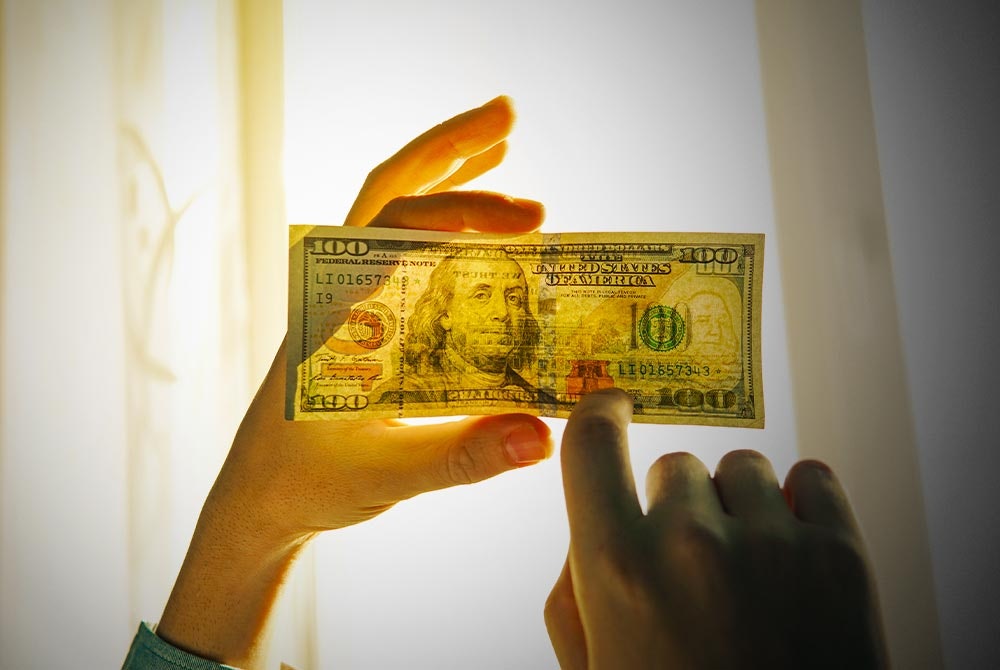
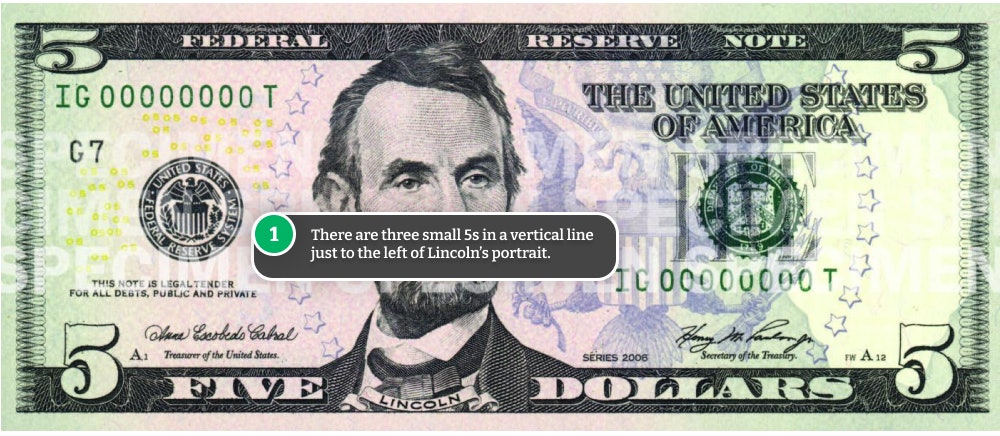
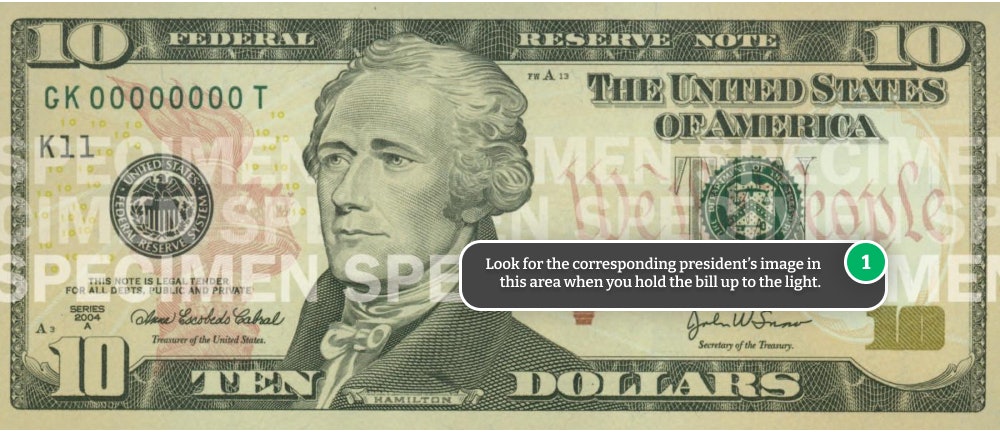
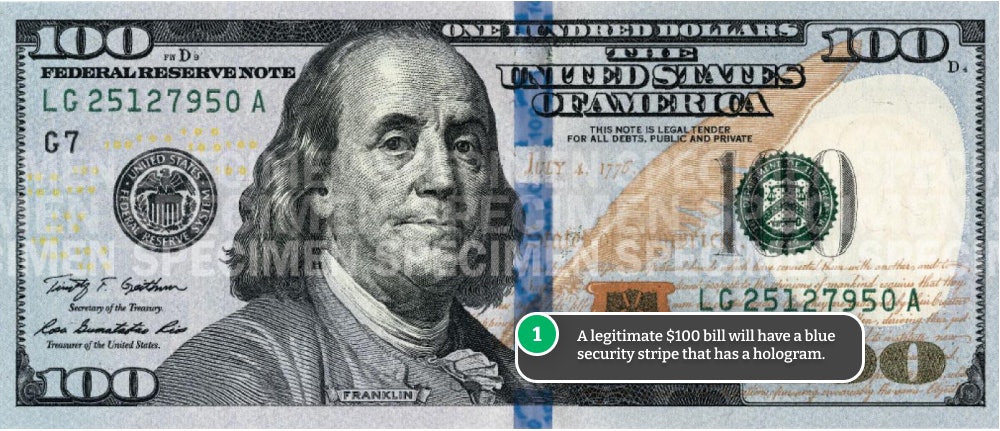
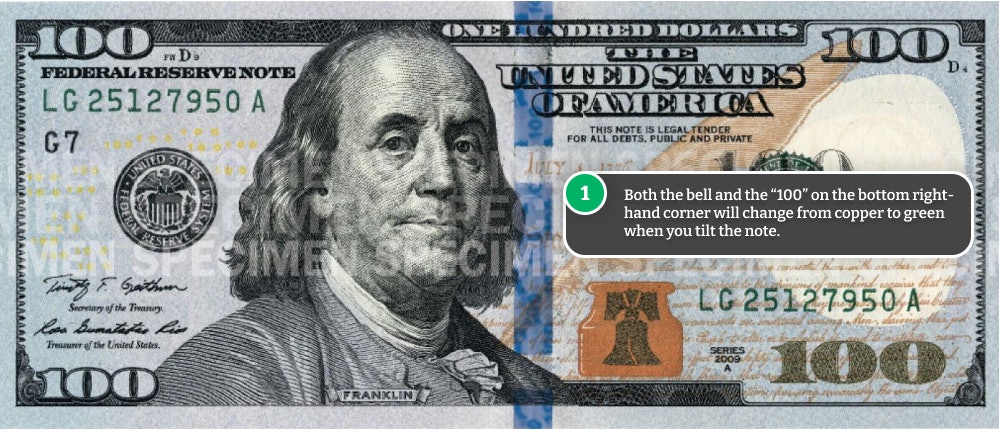
Comments